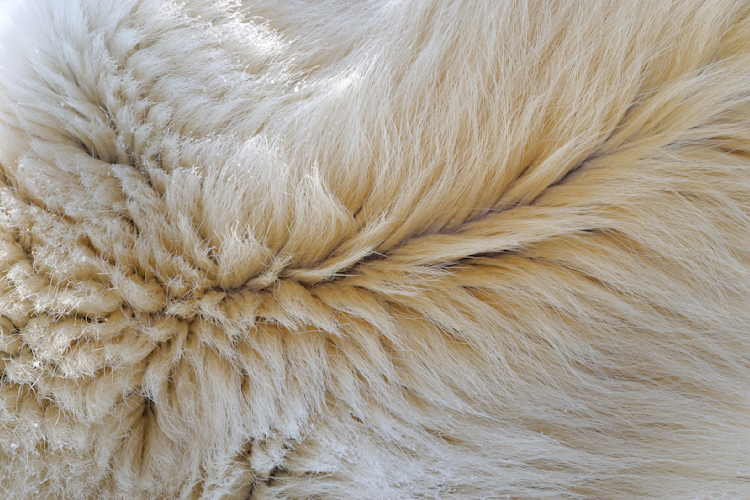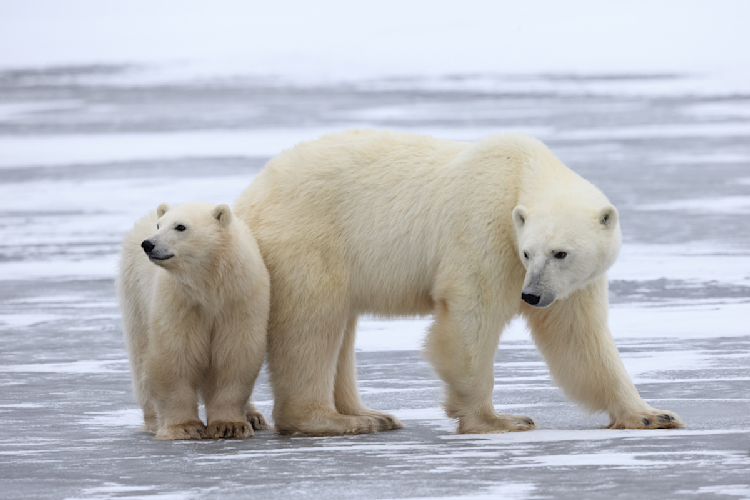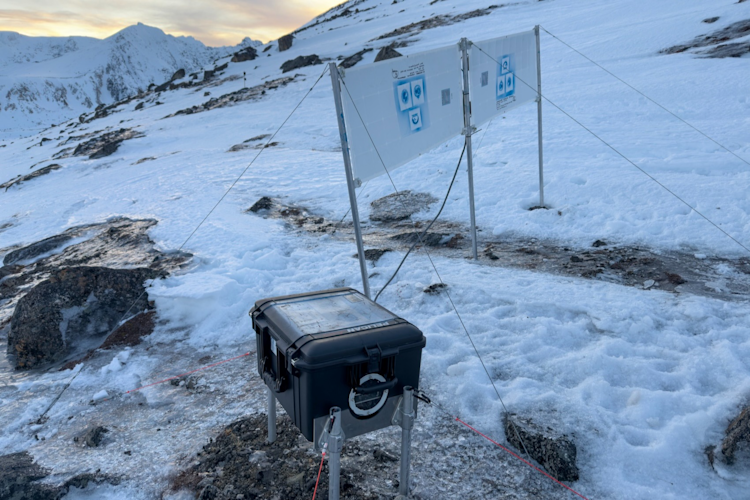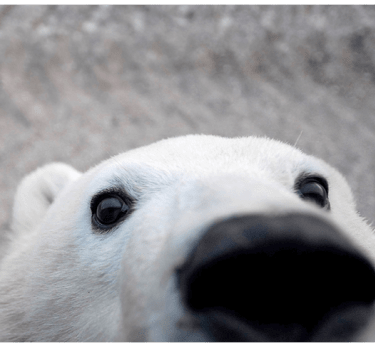As I boarded my Aeroflot flight from Los Angeles to Moscow, I thought of my last trip to Russia: an expedition by ship to the geographic North Pole via the Franz Joseph islands from the port city of Murmansk. Logistics were easy as I was essentially flying to the far northwestern edge of the country, barely outside of Norway. This trip to the far northeastern part of Russia is quite another matter.
The necessary partnerships and high-level international support required to successfully study polar bears on Russia’s Wrangel Island began five years ago during meetings focused on the U.S.-Russia Agreement (Agreement between the Government of the United States of America and the Government of the Russian Federation on the Conservation and Management of the Alaska-Chukotka Polar Bear Population).
The research we’re conducting on this shared population of polar bears is an offshoot of monitoring studies I helped launch in the Chukchi Sea when I was with the U.S. Geological Survey’s Alaska Science Center exactly one decade ago. Much has changed in that time period, both in the Chukchi Sea and in Russia.
Careful planning and prior pilot seasons helped Dr. Eric Regehr from the University of Washington, Dr. Stanislov Belikov from Russia’s Environment Ministry, and our Russian partners from the Wrangel Island Nature Reserve fine-tune the research we could accomplish on the island while also ironing out the logistical and administrative challenges associated with work in one of the more remote parts of the Russia.
Travel beyond Moscow can be both limited and complicated for foreigners. Travel in Chukotka is even more so, and expenses rise with the increased isolation of each stop along the way. Flights are infrequent and generally full, making booking a challenge.


















